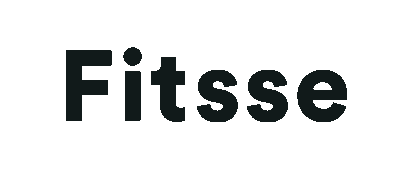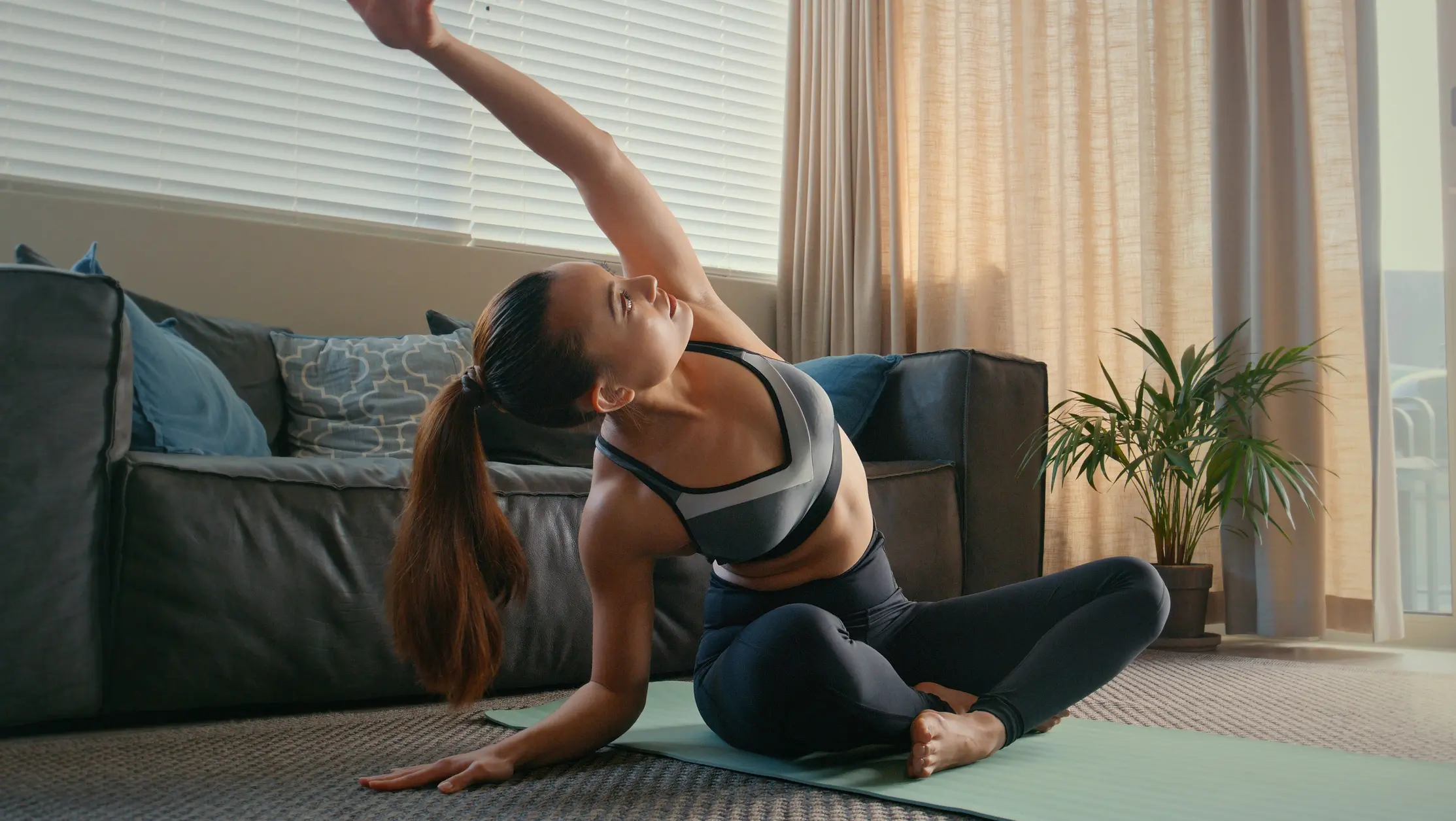Before you lace up, here’s the short story: HIIT tends to edge out steady-state for raw fat-burn efficiency per minute, thanks largely to its afterburn (“EPOC”) effect and hormonal responses. But if total calorie burn, injury risk, mental stamina, or sheer time constraints matter more, steady-state still has a solid claim. The best choice often comes down to your schedule, fitness level, and personal preference.
What Exactly Are We Talking About?
HIIT: All-Out Bursts
High-Intensity Interval Training (HIIT) alternates short, all-out efforts (think 20–60 seconds at near-max pace) with recovery periods of low intensity or rest. The beauty of HIIT is its time efficiency—you can zip through a killer workout in under 30 minutes and still get significant cardiovascular and metabolic benefits.
Steady-State: The Long Haul
Steady-state cardio keeps your heart rate at a moderate, consistent level—walking, jogging, cycling, or swimming for 30 to 60 minutes without big spikes or drops. It’s often called “LISS” (Low-Intensity Steady State) when done at the lower end of moderate intensity.
The Mechanics of Fat Burning
Calories In vs. Calories Out
Fat loss ultimately boils down to a calorie deficit: burn more than you eat. Steady-state can burn a lot of calories if you keep it going—roughly 300–500 calories per hour, depending on body weight and speed. HIIT, by contrast, might only burn 200–300 calories in a 20-minute session, but its intense nature changes the post-exercise equation.
EPOC: The Afterburn Effect
Excess Post-Exercise Oxygen Consumption (EPOC) refers to the extra oxygen—and thus calories—your body uses to recover after a workout. HIIT can hike EPOC by 6–15% above the calories burned during exercise, translating to an extra 20–50 calories after just one session. In contrast, steady-state produces a much milder EPOC, perhaps only 3–5% extra.
What the Studies Show
HIIT’s Fat-Loss Edge
A meta-analysis comparing HIIT to moderate-intensity continuous training (MICT) found that HIIT generally produced greater reductions in waist circumference and body fat percentage, particularly in younger, overweight adults. Another study reported that female participants doing HIIT saw a 21.5% drop in body-fat percentage over 8 weeks, versus 14.8% in steady-state groups.
Steady-State Holds Its Ground
That said, a long-term study using DEXA scans showed no significant difference in total body-fat percentage change between HIIT and steady-state when overall energy expenditure was matched. In other words, if you’re pedaling or running long enough to match the total calories burned in a HIIT workout, the fat-loss results can be very similar.
Caveats and Context
– Population differences: HIIT seems especially potent for overweight or obese individuals and may yield quicker improvements in cardiorespiratory fitness and glucose control.
– Protocol matters: Longer HIIT intervals (e.g., 4×4 minute efforts at 90% max heart rate) might generate more EPOC than shorter “Tabata”-style bursts—but also bring higher injury risk.
– Sustainability: Steady-state is often more accessible for beginners, older adults, or those recovering from injury.
Pros and Cons: Laying It Out
| Feature | HIIT | Steady-State |
|---|---|---|
| Time Required | 15–30 minutes | 30–60+ minutes |
| Calories Burned | ~200–300 per session; +15% EPOC | ~300–500 per hour; +5% EPOC |
| Afterburn | High | Low |
| Injury Risk | Higher (joint stress, overtraining) | Lower |
| Enjoyability | Intense, varied—fun for many | Monotonous for some, meditative for others |
| Accessibility | Requires baseline fitness, supervision | Beginner-friendly |
| Equipment Needs | Minimal (sprints, bodyweight drills) | May need treadmill, bike, pool |
Why HIIT Can Be More “Fat-Blasting”
- Hormonal Shifts
Intense efforts spike adrenaline and growth hormone release—both favor fat mobilization from stubborn areas. - Mitochondrial Boost
HIIT upregulates mitochondrial enzymes more effectively than moderate efforts, making your cells better at burning fat even at rest. - Preserving Muscle
Short, intense bouts help maintain—and sometimes build—lean muscle mass, which keeps your resting metabolic rate higher than long, steady efforts that can be catabolic.
When Steady-State Shines
- Volume Burn: If you have the time and enjoy the process, long-duration efforts can rack up huge calorie totals without the burnout risk.
- Mental Reset: Zone two training (heart rate ~60–70% max) is renowned for stress relief and mental clarity.
- Recovery Days: Easy, steady sessions promote blood flow and help you avoid overtraining if you’re doing HIIT heavily on other days.
Crafting Your Perfect Mix
Rather than choosing sides, consider blending both:
- Weekly Plan Example
- Monday: HIIT session (20 min)
- Tuesday: Steady-state jog (45 min)
- Wednesday: Rest or yoga
- Thursday: HIIT circuits (25 min)
- Friday: Steady-state swim (30 min)
- Saturday: Optional easy bike ride (60 min)
- Sunday: Rest
This combo hits the metabolic benefits of HIIT while reaping the endurance, mental, and recovery perks of steady-state.
Practical Tips
- Warm-Up Thoroughly: Especially vital before HIIT—aim for 5–10 minutes of dynamic movement.
- Progress Gradually: If you’re new, start with 1:2 or 1:3 work-rest ratios and build up.
- Listen to Your Body: Soreness versus pain—know the difference.
- Track Key Metrics: Time, heart rate, perceived exertion, and how you feel the next day.
- Nutrition and Sleep: Both HIIT and steady-state burn stress hormones—refuel with protein and complex carbs, and prioritize 7–9 hours of sleep.
Final Thoughts
There’s no one-size-fits-all answer for fat loss. HIIT offers a serious metabolic punch in a short window, but steady-state provides longevity, mental health benefits, and easier entry points. Your goals, schedule, and injury history will guide your choice. Most folks find that weaving both into their routine yields the best, most sustainable results—because at the end of the day, consistency beats intensity every time.
Feel free to experiment, measure what works, and enjoy the journey. Whether you’re sprinting all-out or cruising through a long run, every calorie counts—and every workout brings you closer to your goals.
Recent studies have highlighted the potential benefits of combining HIIT with resistance training to enhance fat loss and muscle preservation. Additionally, advancements in wearable technology now allow for more precise tracking of heart rate and calorie expenditure, helping individuals tailor their workouts more effectively. Emerging research also suggests that HIIT may improve insulin sensitivity and cardiovascular health more significantly than previously thought, making it a valuable tool for managing metabolic health.















One Comment